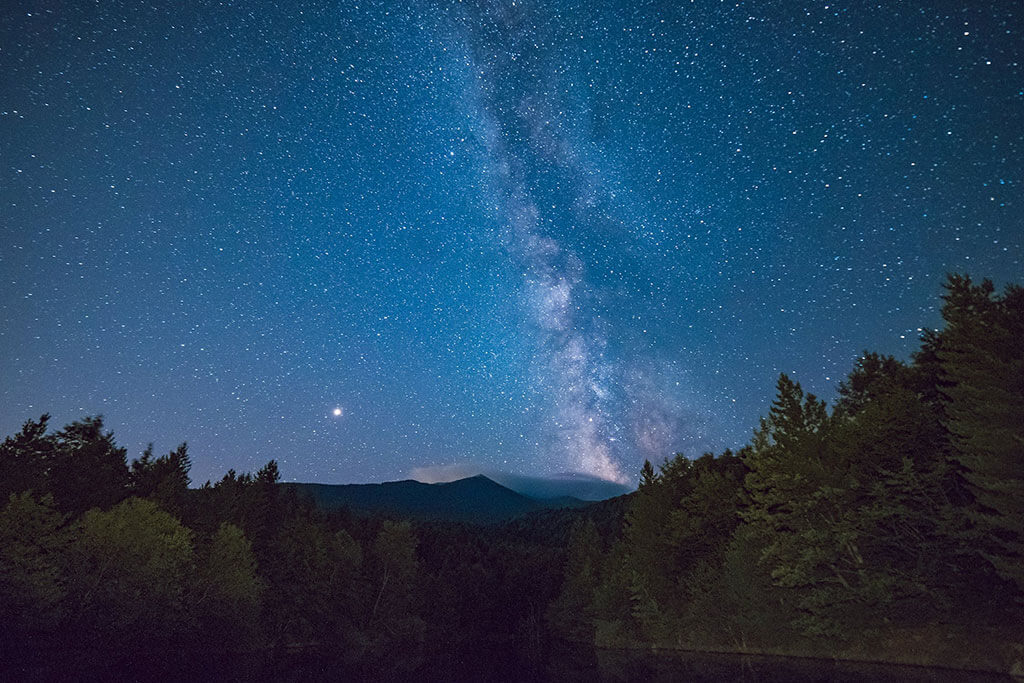
13
October
TIFF: Trek Talks: Space, Diplomacy and the United Federation of Planets
Debuting at the height of the US-Soviet Space Race, Star Trek offered an alternative to the adversarial ideology then underlying space exploration in the United Federation of Planets. A kind of intergalactic United Nations, the Federation is dedicated to preserving peace between species, ridding the known universe of war, inequality, hunger, and disease, and upholding the values of cooperation, equality, justice and liberty for all.

13
October
TIFF: Trek Talks: Bridging Science and the Arts
Since its debut in 1966, Star Trek has inspired people to pursue their passions and dreams in a variety of fields, from science and engineering to technology and the arts. From Martin Cooper, who invented the portable cellular phone in 1973 inspired by Captain Kirk's communicator, to Dr. Mae Jemison, whose admiration of Nichelle Nichols' Lt. Uhura led her to realize her dream to become the first African American woman in space, Star Trek has motivated fans to realize its ideals in their own lives.

12
October
TIFF: Trek Talks: An Astronaut’s Voyage to the Final Frontier
Premiering three years before Neil Armstrong set foot on the moon, Star Trek helped catalyze the public's curiosity about space travel and the existence of life beyond our planet

18
January
Toronto Reference Library: Common Misconceptions about the Universe: From Everyday Life to the Big Bang
Many people have deeply-held misconceptions about the most basic of astronomical topics, such as the cause of the seasons. In this profusely-illustrated, non-technical presentation, we will gently "correct" a wide variety of these "heavenly errors," from everyday life to exotic black holes to the birth of the universe. Simple demonstrations will be used, where possible.

28
October
UofT Planetarium: Voyager’s Odyssey: A Small Probe’s Adventures into Interstellar Space
Showtimes: 7:00pm, 8:00pm, and 9:00pm
In 1977 two small probes, Voyager 1 and 2, were launched from Earth with a mission to study the outer solar system. Both spacecraft visited Jupiter and Saturn, and Voyager 2 passed by Uranus and Neptune, returning images to Earth which allowed us to make surprising discoveries about these distant planets. Now these probes are entering interstellar space, making them the furthest man-made objects from the Earth!

21
October
UofT Planetarium: Voyager’s Odyssey: A Small Probe’s Adventures into Interstellar Space
Showtimes: 7:00pm, 8:00pm, and 9:00pm
In 1977 two small probes, Voyager 1 and 2, were launched from Earth with a mission to study the outer solar system. Both spacecraft visited Jupiter and Saturn, and Voyager 2 passed by Uranus and Neptune, returning images to Earth which allowed us to make surprising discoveries about these distant planets. Now these probes are entering interstellar space, making them the furthest man-made objects from the Earth!

13
October
Richmond Hill Central Library: The Sun's Story
Join us for a trip through time as we follow the Sun’s 10 billion year life cycle - from birth in a cold primordial nebula into its last throes of nuclear fusion before fading away as a remnant of cosmic jewellery. Chris Vaughan aka @AstroGeoGuy is a professional Geophysicist and Astronomer with a passion for public outreach and education.

16
November
Chris Hadfield: An Astronaut's Life, in Stories, Images & Music
Spaceship commander, test pilot, best-selling author and musician, Colonel Chris Hadfield has led a life that is on the edge of dreams. From doing Canada’s first spacewalk to intercepting Cold War Soviet bombers in Canadian airspace, his life has been literally out of this world. Join Chris for an evening of stories, images and music, as he shares his experiences and ideas in an intimate setting.

17
October
YorkU: Ada Lovelace Day 2016: How men in STEM can be allies to women
A talk by Professor Bryan Gaensler, University of Toronto
Bryan Gaensler is the Canada Research Chair in Radio Astronomy, and Director of the Dunlap Institute for Astronomy & Astrophysics, University of Toronto. His research is in cosmic magnetism, time-domain astrophysics and the diffuse Universe.

3
November
UofT Physics: 2016 Tuzo Wilson Lecture
A Decade after The Day After Tomorrow: Our Current Understanding of the Ocean's Role in ClimateDr. Susan Lozier, Earth and Ocean Sciences, Nicholas School, Duke University
